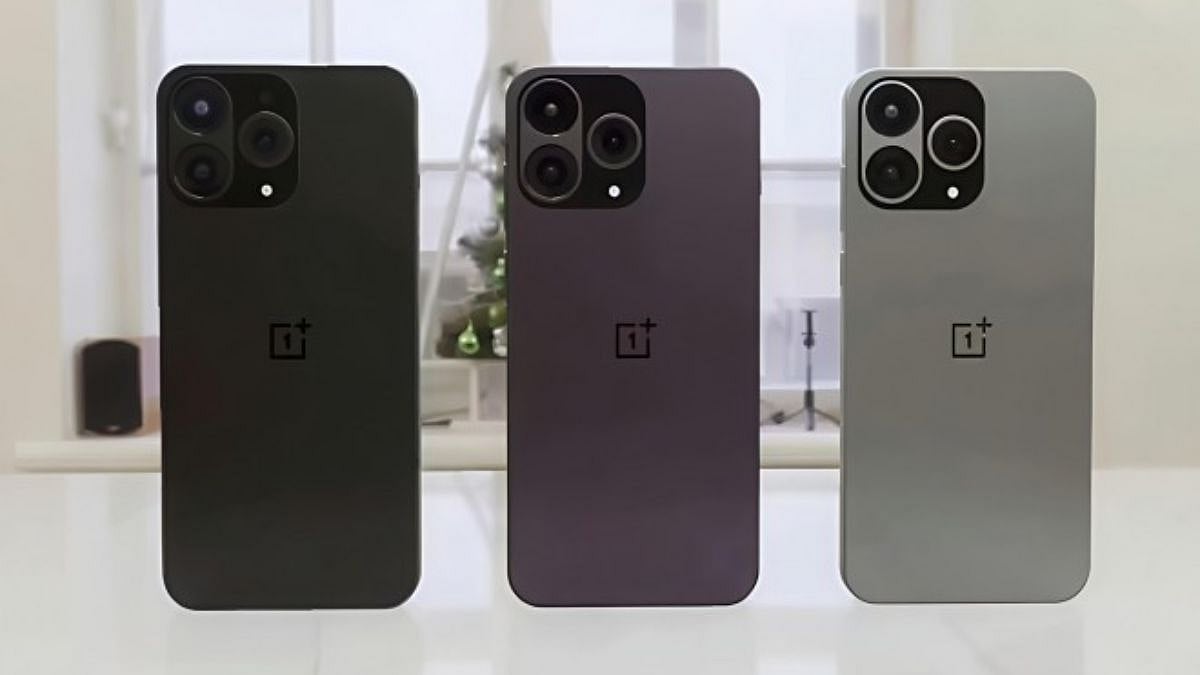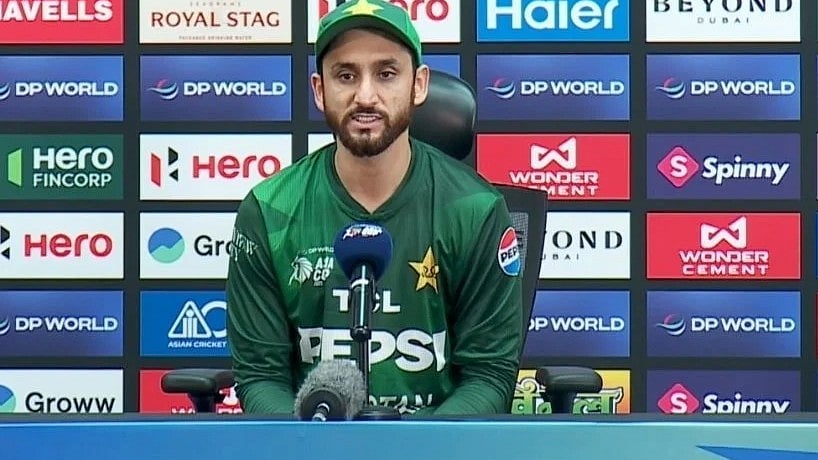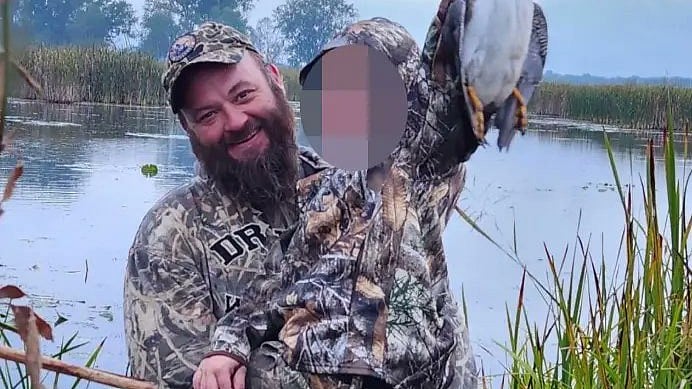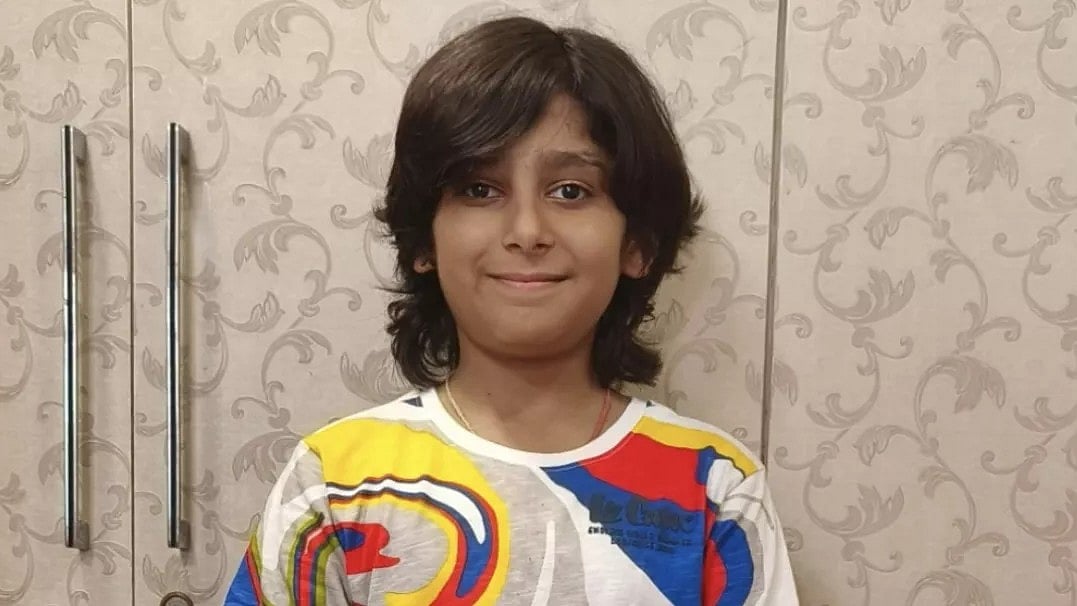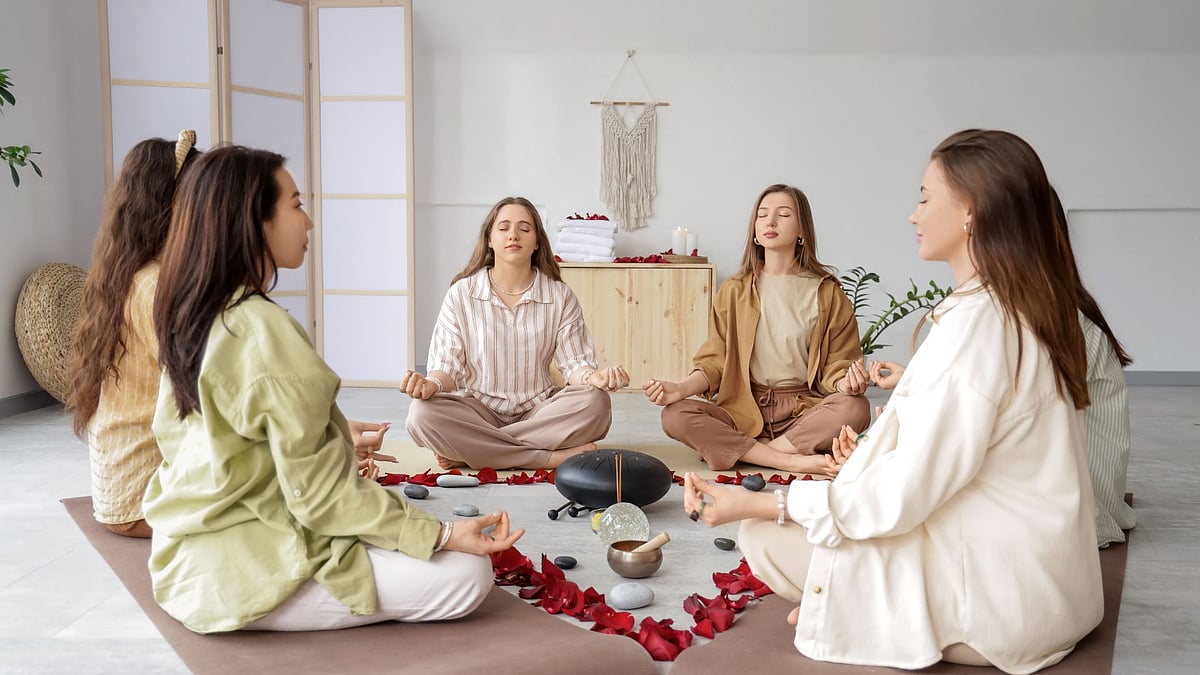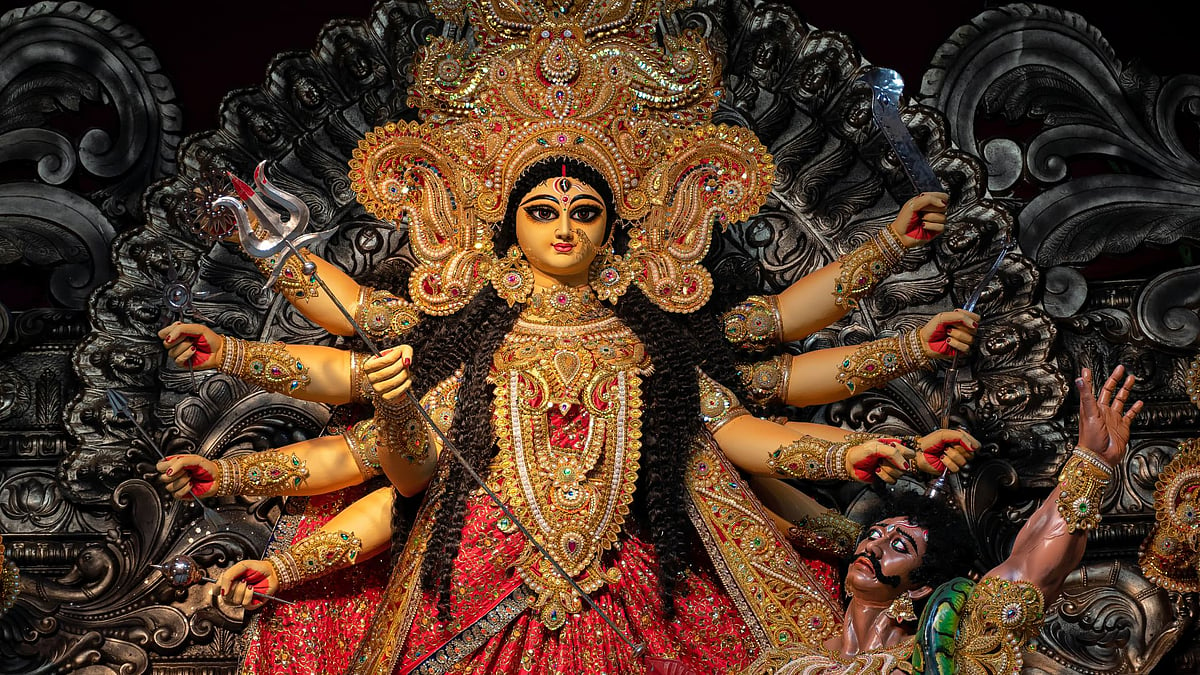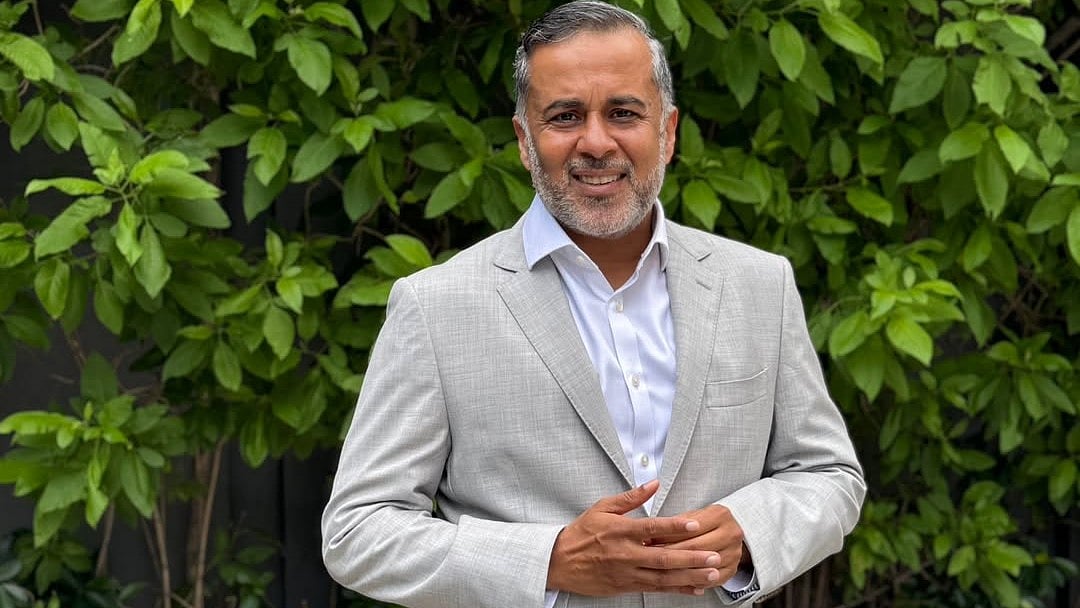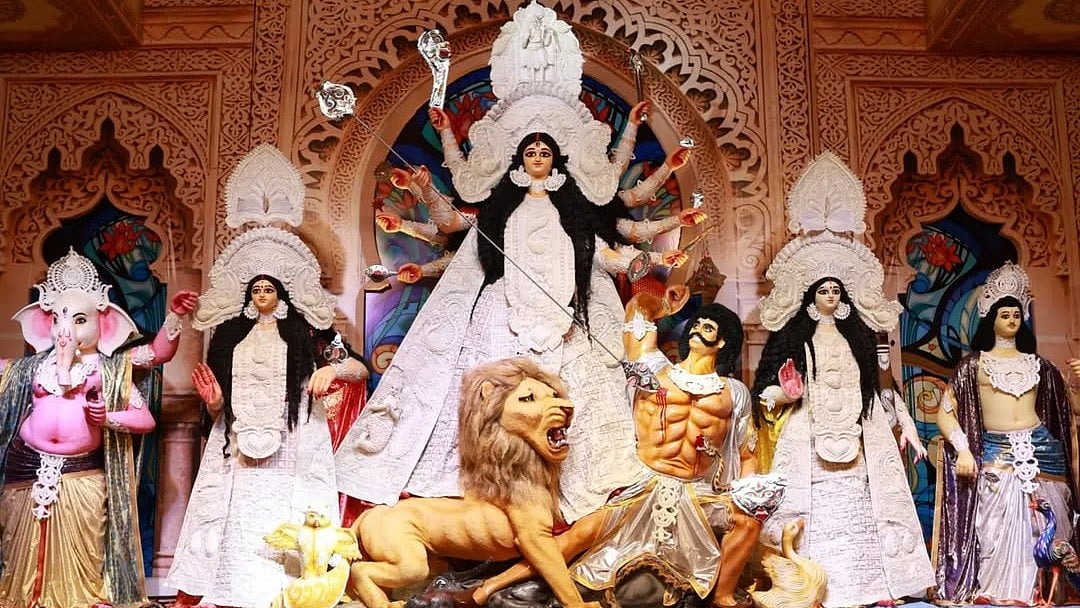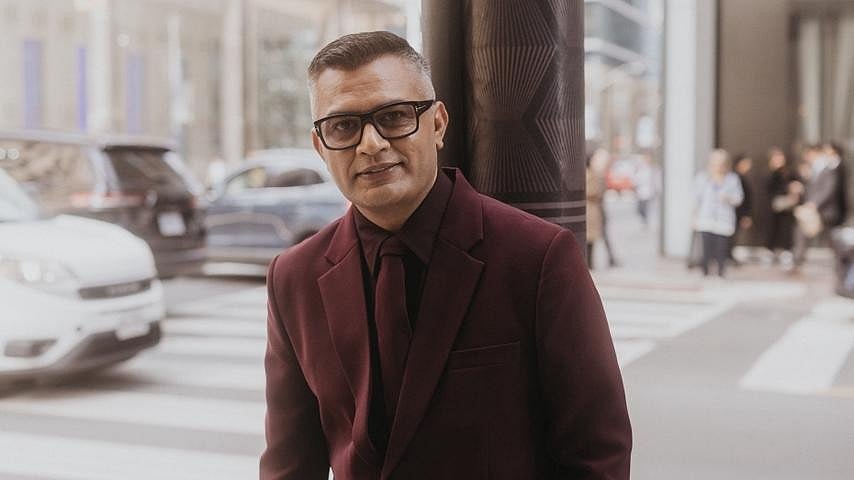Mumbai-born peacemaker, Sushobha Barve, has worked for over three decades to spread the message of peace in communally tensed and conflict areas in the country. She served on the Governor’s peace committee during the Mumbai riots in 1992-93 and was a founding member and trustee of the Mumbai Mohalla Committee Movement Trust. Currently, she is the executive director of the Centre for Dialogue and Reconciliation and devotes her time working in Jammu and Kashmir. Excerpts from an interview:
What motivated you to start peace committees or mohalla committees?
My first experience of communal violence was during the 1984 riots. Post-riots, I stayed in Delhi and worked with some Sikhs. There was dialogue with the riot victims and reconciliation took place between the individuals. The second involvement was post-communal riots in Bhagalpur, Bihar, which had seen several massacres. I worked with the local Gandhi Peace Foundation and we started work in two-three villages. We managed to slowly bring the Hindus and the Muslims together after having separate conversations. The experience made me realise that after communal riots, rehabilitating people in their own villages or mohallas was a far more difficult job. Complete rehabilitation only happens when the victim feels safe to go back to their mohallas and villages.

You have done significant work in Mumbai, especially during the early ’90s, for community peace during the Babri episode. Can you share your experiences in handling the situation?
When the Babri masjid was demolished and riots broke out, we went to meet the then governor C Subramaniam on the second day of the riots. We told the governor that we were shaken and shocked and as concerned citizens we wanted to do something. So, a suggestion was made that a Governor's Peace Committee should be formed and we should immediately call well-known personalities of the city from all communities for a meeting to see what can be done. I told the governor about my own experience of 1984 riots and Bhagalpur riots and that I was keen to visit some of the riot-affected areas. A few of us got curfew passes and I decided to go to Dharavi. My motivation was from the 1984 riots and Bhagalpur riots where I had seen how violence affected people for a long time, and how the communities got estranged. I felt we needed similar work to be done in Mumbai. During and after the second round of riots, I stayed in a Hindu home and in a Muslim in Dharavi for 10 days.
We were able to prevent riots restarting in Dharavi. After the curfew was relaxed, the government wanted Republic Day functions in different localities. We decided to hold a meeting between the communities. People from the Hindu and the Muslim communities were engaged in a peace dialogue.
It was decided that both communities would have volunteers who would ensure that nobody is attacked. That's how we began. When Julio Ribeiro asked me if I would help him start a mohalla committees, I readily agreed. We first started with Mahim, which was the most difficult area. We had 28 mohalla committees in the city which included people from different communities and local police station officials.
Tell us about your work in Kashmir.
I went to Kashmir in 2001 and have been working there for 20 years. Although I had worked as peacemaker during and after communal riots, I had no experience in working in a conflict zone. I was quite nervous and was afraid of this lack of experience. Since 1989, when the uprising erupted in Kashmir, we were all busy dealing with post-communal riots in Bhagalpur and Mumbai. Most of the ’90s, I had focused on Mumbai. When the Centre for Dialogue and Reconciliation was founded, it was decided that our focus would be J&K, particularly Kashmir where there was very little intervention in early 2000 of Indian NGOs. It was difficult. I was asked to take responsibility and it took me nearly three years to gain the confidence and trust of some of the leading civil society members in Kashmir. Some of them also included Kashmiri Pandits who continued to live there.
We started working with a group of teachers on creating peace education modules specific for Kashmir which went into becoming a peace education training programme for government middle school teachers and it ran for about three years. Some of the teachers who worked with us as trainers became principals of different colleges. They played a remarkable role in ensuring there was no student violence.

